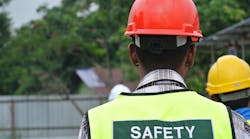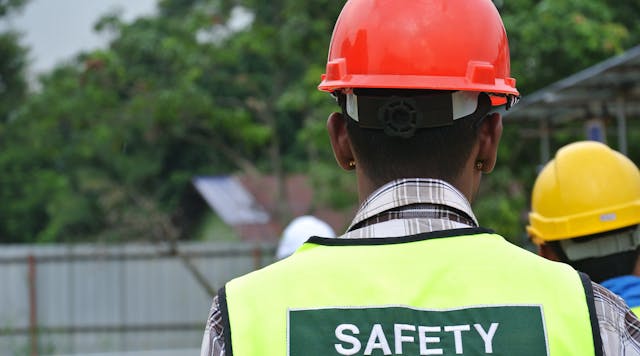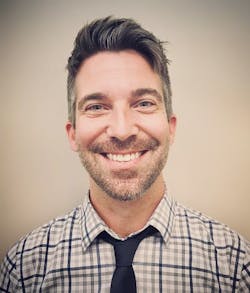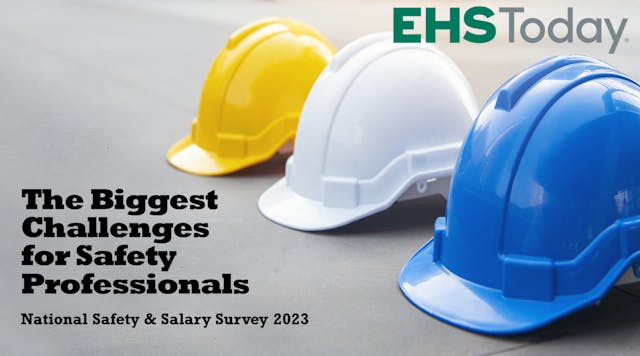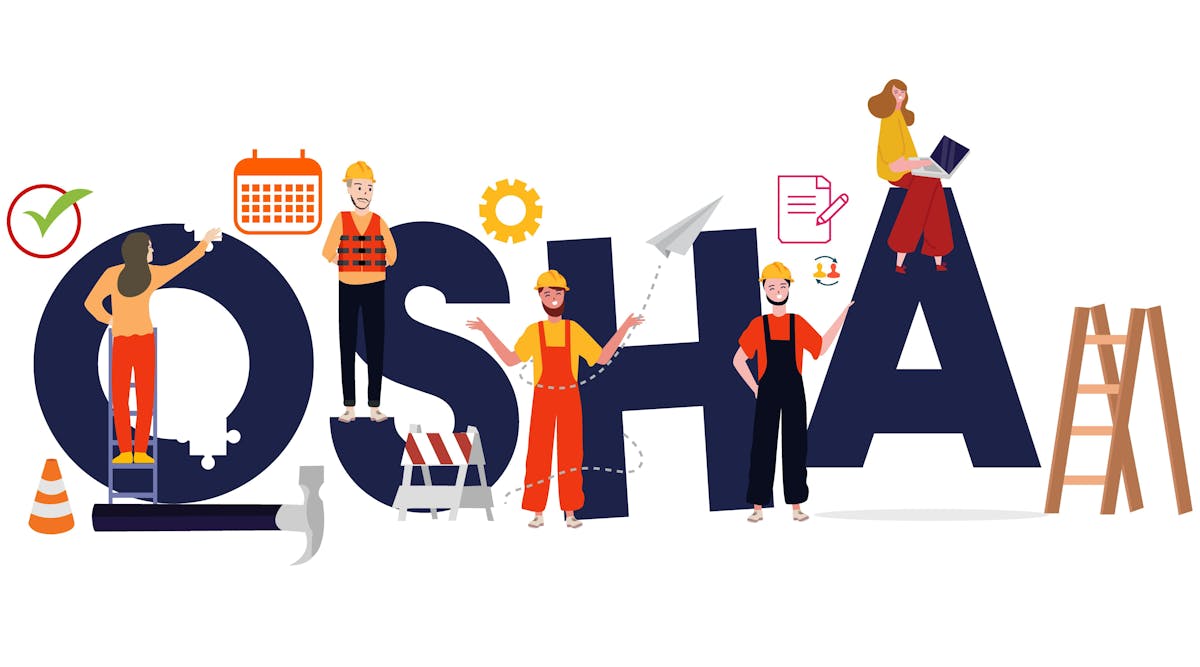For one, everyone assumes you know everything. And two, you’re responsible for everyone. And three, you need to figure out a way to get through to people before something catastrophic happens.
EHS Today spoke William Gibson, ASP, safety specialist of the Del-Co Water Company, about ways safety professionals can further their own knowledge of safety and grow in their career, all while making sure workers take your safety program to heart.
Gibson will speak at the 2022 Safety Leadership Conference, being held in Cleveland from Oct. 18-20. Below is a preview of what to look forward to this fall.
EHS Today: Your presentation is geared toward safety professionals at all levels: those new to the field, a new role or those who are accepting more responsibilities. Regardless of title or years of experience, what is the first thing someone who has been handed the safety reins should do?
Gibson: In my opinion, the first thing someone should do is walk the floor and meet everyone. Although many might choose to assess the workplace or round up past OSHA 300 data, I think first impressions make the biggest impact. You might not remember their name after the first meeting, but a smile or a laugh is something they’ll remember.
Management skills don't come naturally, and being good at your job or having subject matter expertise doesn't automatically make you a great leader. What other misconceptions do organizations have about safety leadership?
One of the biggest misconceptions I’ve noticed is that the safety professional is responsible when an employee is injured. Although our job is to educate and provide the tools necessary to complete daily tasks in a safe manner, each employee is even more responsible for making the right decision, in addition to utilizing the provided training and tools.
What misconceptions do safety professionals have about what it means to be a leader?
Many feel that being a leader means you have to know everything. Even when they don’t, they’ll pretend to. It’s OK if you don’t know everything. It’s OK to ask for help. It’s OK to be wrong. When your employees are able to provide feedback—or even stump you—it’s a great thing, because it means they’re engaged and are thinking about safety.
Whether safety professionals have been in the field for 5 months, 5 years or 25 years, there's always something new to learn, try or do. How can safety professionals embrace an environment of constant change?
Some people either have patience or they don’t. If you’re unable to embrace change, this might not be the profession for you. There is always a fire (not always literal) to put out, always a question and always the risk of an injury (or worse). Safety professionals must be ahead of the game by staying up-to-date with current trends while attempting to bring some innovation to the table. Just because you haven’t done it before, doesn’t mean you can’t now—or in the future.
Safety professionals come from different backgrounds, with some having formal education credentials and others having more real-world experiences. Regardless of background, how can they continue to develop and grow as a leader?
By pushing themselves outside of their comfort zone. Opportunities such as speaking at this conference will likely unlock new opportunities [for me] while enhancing my confidence. Whether it’s through networking or future speaking engagements, it’s important to take what you’ve learned and pass it on. [However, it] doesn’t always have to be in front of hundreds of people. Even if it’s one new idea, it could make all the difference for someone else’s safety program.
How can safety professionals make safety more fun and accessible?
My biggest impact comes when I visit jobsites to work, not just to observe. Sure, it’s not my job to get down in a hole or operate a forklift, but when my employees see me getting dirty or hitting a cone during my forklift assessment, it shows I’m just like them. When they see your true character, they’ll not only be willing to put up with your 30-minute training about bloodborne pathogens, they’ll [also] be willing to walk with you and buy into what you’re trying to achieve. The psychology here is HUGE.
What's one thing you hope attendees learn from your session at the Safety Leadership Conference?
I hope they learn that safety isn’t about being the enforcer so much than it’s about being a real-life person who truly cares about the people you serve. That’s the key word: serve. Yes, we are tasked with running a program that ensures that our organization is compliant. But more importantly, we are here to serve our employees by making sure we not only listen to their feedback, but act on it because it’s the right thing to do.
